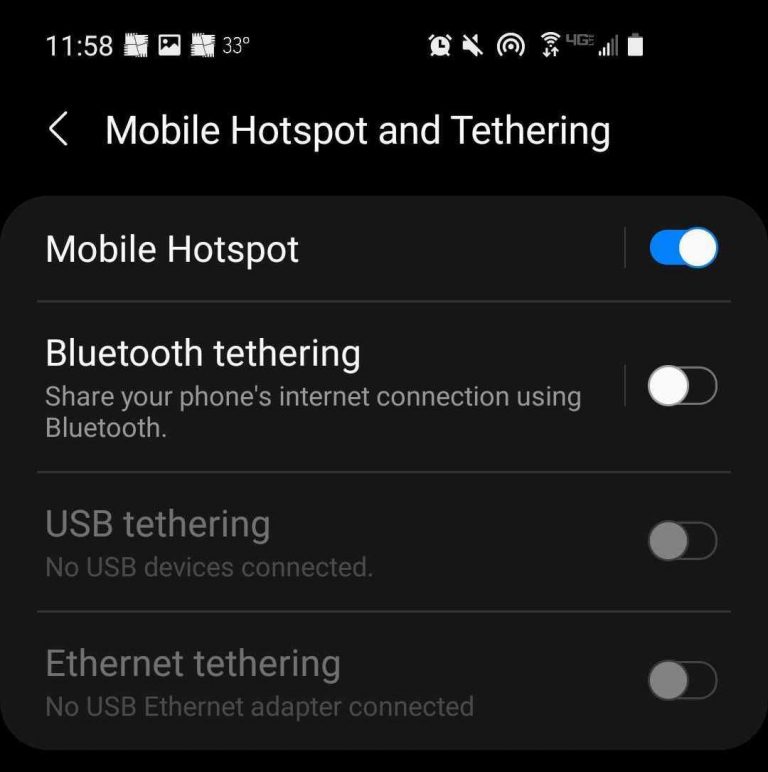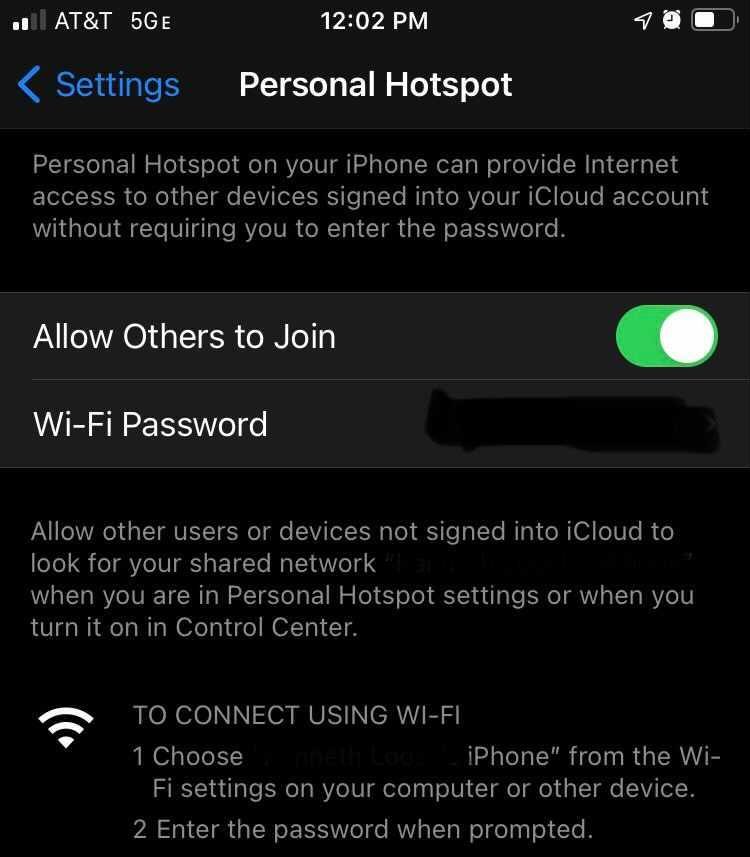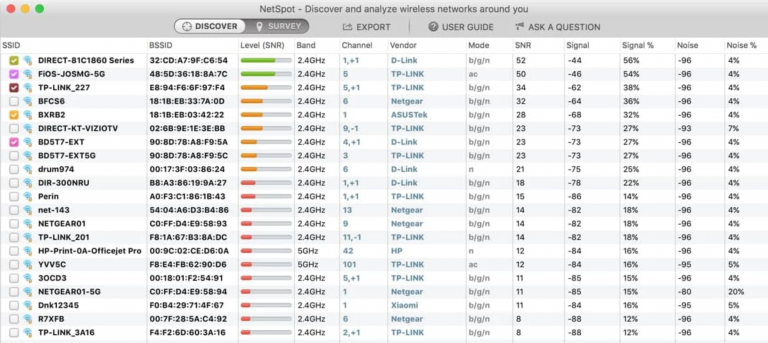It’s true that internet access is more critical than ever for taking care of school and work at home. But if you find yourself unable to afford internet service in your area, you might try one or more of these free internet options instead. We compared several free and low-cost internet options, checked out ways to get cheap computers, and validated suggestions shared online to pull up a list of ways you can get cheap or free internet and Wi-Fi at home. Let’s dig in and explore your options.
Cell phone hotspots Public Wi-Fi Dial-up internet service Low-cost assistance programs
The other thing about free internet is that you may not get access to free high-speed internet. The Federal Communications Commission (FCC) calls 25 Mbps download speeds “high-speed” internet, but some free internet options probably won’t get you 25 Mbps speeds. Wi-Fi tends to be slower because its signal gets weaker as it travels through objects and even air to get to your device. And dial-up usually comes with speeds of 56 Kbps. (Remember good old “56K” back in the day?) For comparison, 56 Kbps equals 0.056 Mbps. That’s not very fast by today’s standards. Bottom line: If you’re not sure whether you have permission to use an internet service without paying, don’t use it. Ask first, or try a different way to get free internet. One thing you should know before you connect to free dial-up internet is that you could rack up long-distance or toll charges. That’s because dial-up uses your phone line. So it’s a good idea to check the dial-up access numbers and call your telephone company to make sure you can avoid a massive bill getting dropped in your mailbox. NetZero dial-up features
Free for 10 hours a month Access numbers available across the US Multiple free email addresses
NetZero also offers a free mobile internet service that comes with 200 MB of data each month. But you’ll need to buy a NetZero device to get its mobile broadband service. Sign Up for NetZero | Check NetZero Access Numbers Juno even comes with the same set of perks as NetZero: access numbers covering multiple US locations and the chance to make as many free email addresses as you want. Juno dial-up features
10 hours of dial-up internet for free each month Thousands of US access numbers Multiple email addresses for free
Sign Up for Juno | Check Juno Access Numbers Another way you can trim your monthly bill down is to cancel your internet service and use a mobile hotspot instead. This might be less costly if you already have a cellphone plan, plus it’s nice to deal with just one bill a month instead of two. (Or more.) Most every cell phone company offers a hotspot plan, or you can choose to grab a mobile data plan and just use your phone for online activities. View FreedomPop Plans | Read the FreedomPop Review Our mobile experts flagged the following hotspot plans as ones to seriously consider:
Best budget hotspot plan: Visible Wireless Unlimited Plan Best hotspot coverage: Verizon Wireless Do More Unlimited plan Best for lots of high-speed hotspot data: AT&T Wireless Unlimited Elite plan
On my Android device, I found the Mobile Hotspot and Tethering options under the Settings → Connections menu.
WiFi Map WiFi Free Spot NetSpot app Instabridge app
The NetSpot app that comes with a free version and can be downloaded on your Windows or macOS computer. The app comes with a Discover mode, which scans the area for Wi-Fi networks and shows you the signal strength of each one, along with other details. But remember, you should get permission to connect to any Wi-Fi hotspot—and even a free Wi-Fi hotspot should be secured. You may need to ask for a password, but that minor annoyance is well worth it to avoid getting targeted by cybercriminals. While setting up your own mesh network might require a higher learning curve, GoTenna has a map of all self-reported community mesh networks in the US. These programs include the new Affordable Connectivity Program, which started as the Emergency Broadband Benefit in 2021, the Lifeline program, and Connect2Compete plus other programs run by internet service providers (ISPs).
FPHA: Federal Public Housing Assistance HUD: Housing and Urban Development’s public housing programs LIHEAP: Low-Income Home Energy Assistance Program NSLP: National School Lunch Program SNAP: Supplemental Nutrition Assistance Program TANF: Temporary Assistance for Needy Families WIC: Women, Infants, and Children Program
We’ve got more info on these government programs, including how to apply and who qualifies, in our low-income internet guide. Lifeline is available to any household in the US that includes someone who meets the following criteria:
Your income is 135% or less than federal poverty guidelines You’re enrolled in SNAP, Medicaid, SSI, FPHA, or veteran’s pension or survivors benefit
There’s also the Tribal Lifeline program. It applies to anyone living on Tribal lands who has someone in their household enrolled in at least one of the programs listed above or one of the following:
Bureau of Indian Affairs General Assistance Head Start Tribal TANF Food Distribution Program on Indian Reservations
EveryoneOn helps you find low-cost internet service in your town or city and low-cost devices. Human-I-T helps you search for low-cost internet and refurbishes donated technology so you can buy it at a more affordable price. PCs for People resells refurbished technology at more affordable prices and offers low-cost mobile internet for $15 a month.
But VPNs do keep you protected while you’re using free internet—that’s why we highly recommend using a VPN if you’re on public Wi-Fi. Here’s a list of our fave free VPN services to get you started. The qualifications vary depending on which internet assistance program you’re looking at. So we recommend taking a close look at what programs qualify and how you need to provide proof.





